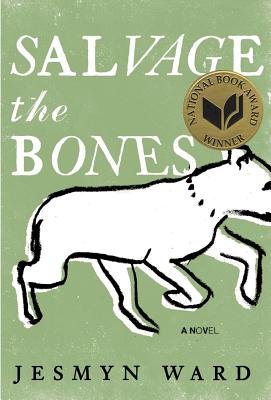Salvage the Bones
Jesmyn Ward

I picked this up after really enjoying Ward’s later novel, “Sing, Unburied, Sing.” StB is also an excellent book–I might have even liked it better. It’s set in the same rural Gulf area of Mississippi as the later book (and apparently the StB characters make a cameo in SUS, which of course I didn’t realize at the time).
The story takes place before, during, and after Hurricane Katrina. Unlike SUS, StB isn’t particularly preoccupied with the past–Esch’s dead mother is basically the only element of the past introduced in the story. But like SUS–and I’m gathering that this is one of Ward’s great strengths as an author–StB is sort of an extended exercise in empathy. The main characters, particularly Esch’s brother Skeet, do a bunch of things that, “on paper,” would be objectionable to Ward’s presumably urban liberal readership: engage in dog-fighting, break into a neighbor’s house and steal from them, loot stores after the hurricane. Yet through Ward’s quiet portraiture, we can understand where they come from–and in the moment many of them don’t even really feel objectionable (or didn’t to me). Also, unlike SUS, I thought all of the characters in StB were believably flawed.
One choice I found interesting was the extended reference to Medea. Esch is a devoted reader of Greek mythology and is always mentally referring to Medea–a character that, as a reminder, is most famous for murdering her own children in cold blood in order to hurt her husband Jason after he spurns her. [spoilers removed]
I also thought the book had an interesting and probably intentional relationship to some of the more saccharine (and white) children’s books about kids in nature–Little House on the Prairie, perhaps, or Charlotte’s Web. StB is suffused with living nature in all kinds of forms, but Ward portrays it in a more unvarnished way than some of that literature–starting with the somewhat gross opening scene of a dog giving birth to puppies, obviously through to dog fighting itself, to the barbecuing of a squirrel for dinner. Nature is still revered here, almost in a pantheistic way (as in Beston’s “The Outermost House”)–but revered for both its miracles and its horrors.